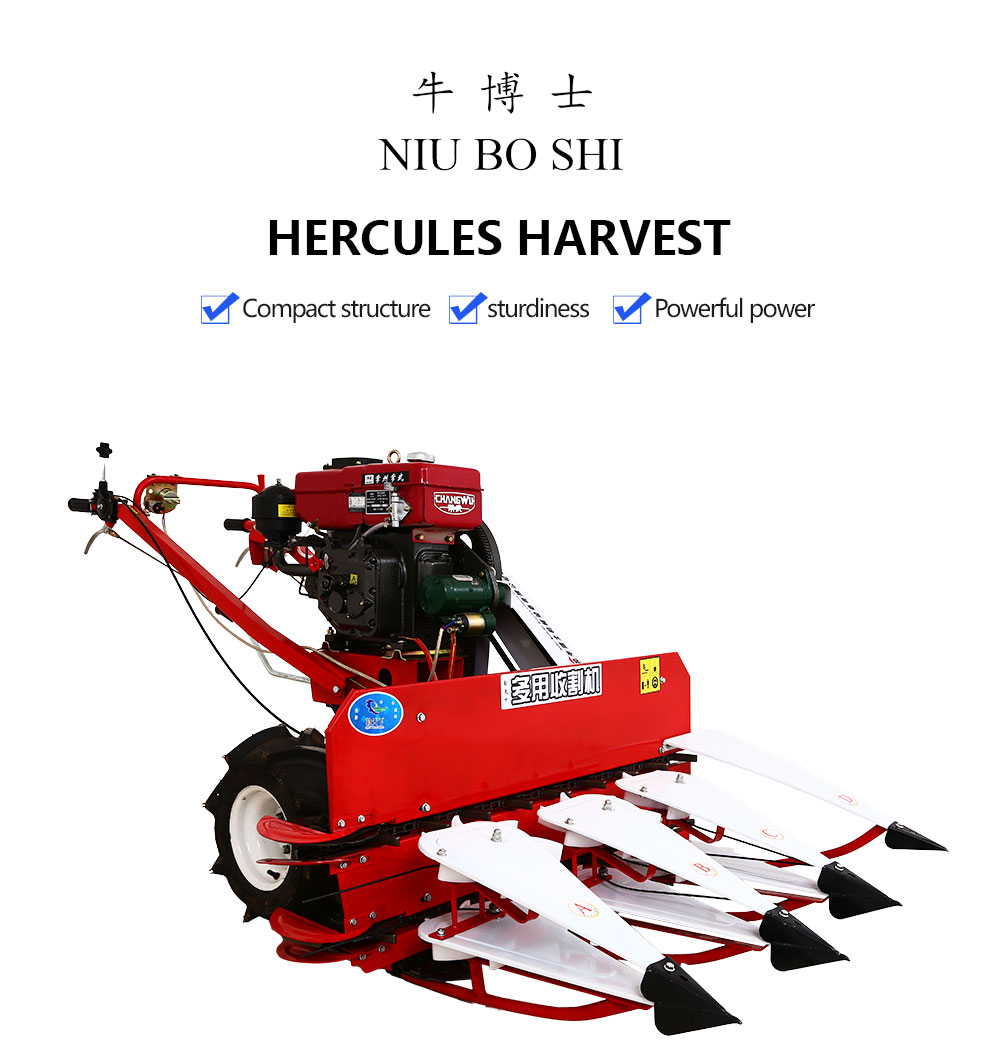Efficient Wheat Harvesting Solutions with Advanced Combine Harvester Technology
The Evolution and Importance of the Wheat Combine Harvester
In the realm of agriculture, technological advancements have played a crucial role in enhancing productivity and efficiency. One of the most significant innovations in farming equipment is the wheat combine harvester. This remarkable machine has revolutionized the way wheat is harvested, making it faster, more efficient, and less labor-intensive. Understanding the evolution, functionality, and impact of the wheat combine harvester shines a light on its importance in modern agriculture.
The Historical Background
The concept of harvesting grain dates back thousands of years, with primitive methods involving hand tools like sickles and scythes. As the demand for wheat grew, particularly during the Industrial Revolution, the need for more efficient harvesting methods became evident. In the 19th century, inventors began to develop mechanical harvesters, which paved the way for the modern combine harvester. The first successful combine harvester was patented by Hiram Moore in 1834. This invention combined the processes of reaping, threshing, and winnowing into a single operation.
The term combine comes from the machine's ability to combine several harvesting processes into one. The wheat combine harvester has continued to evolve over the years, incorporating advanced technology to meet the increasing demands for higher yields and improved efficiency.
The Functionality of the Wheat Combine Harvester
A wheat combine harvester is a complex piece of machinery designed to harvest wheat crops effectively. Its primary functions are cutting, threshing, and separating the grain from the chaff. The machine is equipped with a header that cuts the wheat stalks at the base, while augers and conveyor belts carry the cut grain into the threshing chamber.
In the threshing chamber, the grain is separated from the straw through a series of rotating cylinders and screens. The cleaned grain is then collected in a grain tank, which can hold several tons of wheat, allowing for continuous operation without the need for frequent stops. The remaining straw is either spread back onto the field or collected for use as animal bedding or compost.
Modern wheat combine harvesters are equipped with advanced technology, including GPS navigation, yield monitoring systems, and automatic steering
. These innovations not only increase efficiency but also help farmers make data-driven decisions to optimize crop yields and manage resources better.wheat combine harvester

The Impact on Agriculture
The introduction of the wheat combine harvester has significantly impacted agricultural practices worldwide. One of the most notable advantages is the reduction in labor costs. With the ability to harvest hundreds of acres of wheat in a day, farmers can now accomplish in hours what would have taken weeks using traditional methods. This increased efficiency allows agricultural operations to scale up and meet the growing food demands of a burgeoning global population.
Additionally, the precision offered by modern combine harvesters minimizes grain loss during harvesting. This is particularly important given the economic and environmental implications; reducing waste helps ensure that more of the crop can be utilized for food production, thereby contributing to food security.
Moreover, the use of combine harvesters allows for better crop management. With advanced monitoring systems, farmers can track crop health, yield, and patterns over time, leading to more informed decisions regarding fertilization, irrigation, and pest control.
The Future of Wheat Harvesting
Looking ahead, the future of wheat harvesting is poised for even more transformation. The integration of artificial intelligence, machine learning, and robotics into harvesting technology promises to make operations even more efficient. Automated and autonomous combine harvesters are already being tested, which could further reduce labor needs and enhance productivity.
Furthermore, as climate change affects agricultural practices, there is a growing emphasis on sustainability. Modern combine harvester designs increasingly incorporate features that minimize soil disturbance and promote soil health.
Conclusion
The wheat combine harvester stands as a symbol of agricultural innovation. Through its transformative capabilities, it has reshaped farming practices, increased efficiency, and made significant contributions to global food production. As technology continues to advance, the combine harvester will undoubtedly play an essential role in meeting the challenges of future agricultural sustainability and productivity.
Latest news
-
When to Upgrade Your Old Forage HarvesterNewsJun.05,2025
-
One Forage Harvester for All Your NeedsNewsJun.05,2025
-
Mastering the Grass Reaper MachineNewsJun.05,2025
-
How Small Farms Make Full Use of Wheat ReaperNewsJun.05,2025
-
Harvesting Wheat the Easy Way: Use a Mini Tractor ReaperNewsJun.05,2025
-
Growing Demand for the Mini Tractor Reaper in AsiaNewsJun.05,2025
